The Mommy Makeover Takeover
Pregnancy and breastfeeding change the body, and while the result of having a new child is more than gratifying, some new mothers may find themselves…

Update your location to show providers, locations, and services closest to you.
Scar revision is surgery to improve or reduce the appearance of scars. It also restores function, and corrects skin changes (disfigurement) caused by an injury, wound, poor healing, or previous surgery.
Keloid revision; Hypertrophic scar revision; Scar repair; Z-plasty
Scar tissue forms as skin heals after an injury (such as an accident) or surgery.
How much scarring there is depends on:
Depending on the extent of the surgery, scar revision can be done while you are awake (local anesthesia), sleeping (sedated), or deep asleep and pain-free (general anesthesia).
When to have scar revision done is not always clear. Scars shrink and become less noticeable as they age. You may be able to wait to have surgery until the scar lightens in color. This can be several months or even a year after the wound has healed. For some scars, it is best to have revision surgery 60 to 90 days after the scar matures or longer. Each scar is different.
There are several ways to improve the appearance of scars:
Problems that may indicate a need for scar revision include:
Risks of anesthesia and surgery in general are:
Risks of scar revision surgery are:
Exposing the scar to too much sun may cause it to darken, which could interfere with future revision.
For keloid revision, a pressure or elastic dressing may be placed over the area after the operation to prevent the keloid from coming back.
For other types of scar revision, a light dressing is applied. Stitches are usually removed after 3 to 4 days for the facial area, and after 5 to 7 days for incisions on other parts of the body.
When you return to normal activities and work depends on the type, degree, and location of the surgery. Most people can resume normal activities soon after surgery. Your doctor will likely tell you to avoid activities that stretch and may widen the new scar.
If you have long-term stiffening of the joint, you may need physical therapy after surgery.
Apply sunscreen to keep sunlight from permanently tanning the healing scar.
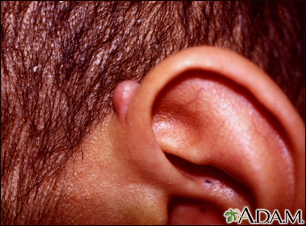
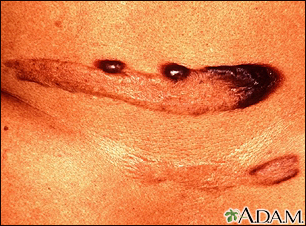
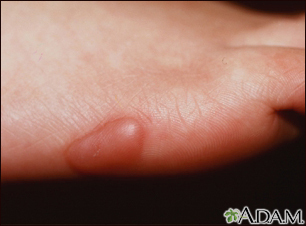
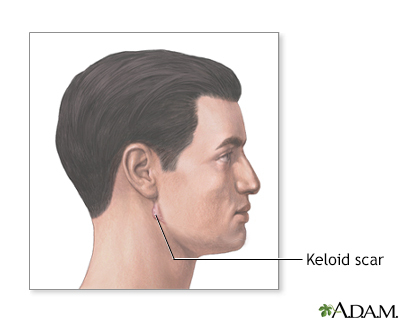
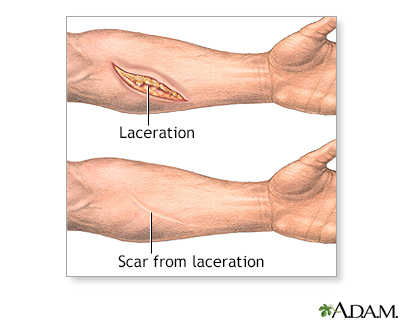
Hu MS, Zielins ER, Longaker MT, Lorenz HP. Scar prevention, treatment, and revision. In: Gurtner GC, Neligan PC, eds. Plastic Surgery, Volume 1: Principles. 4th ed. Philadelphia, PA: Elsevier; 2018:chap 14.
Leitenberger JJ, Isenhath SN, Swanson NA, Lee KK. Scar revision. In: Robinson JK, Hanke CW, Siegel DM, Fratila A, Bhatia AC, Rohrer TE, eds. Surgery of the Skin: Procedural Dermatology. 3rd ed. Philadelphia, PA: Elsevier; 2015:chap 21.
McCrary HC, Mobley SR. Scar revision, keloids, and camouflage. In: Flint PW, Francis HW, Haughey BH, et al, eds. Cummings Otolaryngology: Head and Neck Surgery. 7th ed. Philadelphia, PA: Elsevier; 2021:chap 18.




Pregnancy and breastfeeding change the body, and while the result of having a new child is more than gratifying, some new mothers may find themselves…

May 1, 2014
The University of Florida has received a $1 million grant from the W.M. Keck Foundation to tackle one of health care’s greatest challenges: to heal wounds…
Genetics Institute, +1 more